The 25 Most Controversial Food Opinions, Ranked
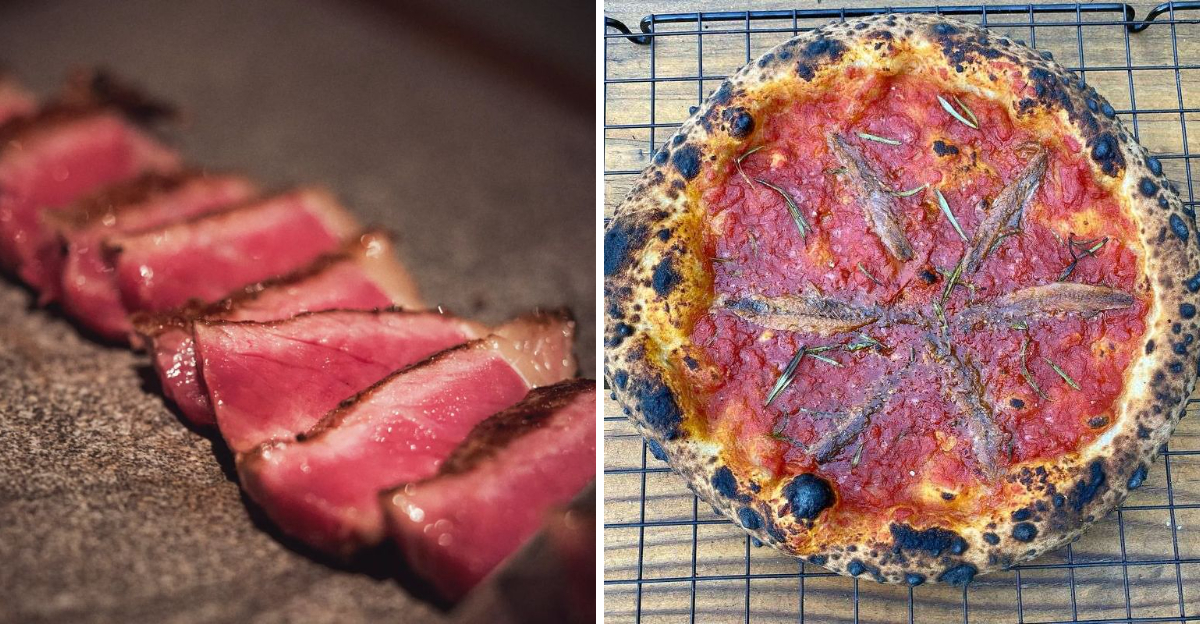
Food is a universal language, but opinions about it are as diverse as the cultures that create it. While some food ideas are universally accepted, others spark intense debate. Here’s a look at 25 of the most controversial food opinions, ranked for your culinary curiosity.
1. Pineapple on Pizza

The classic debate of whether pineapple belongs on pizza ignites fierce opinions. For some, the sweet and tangy pineapple creates a delightful contrast with the savory cheese and tomato sauce. Others argue that fruit has no place in pizza traditions. This debate often divides friends and families during pizza nights.
While some chefs embrace this unique topping, purists advocate for traditional toppings like pepperoni or olives. The culinary clash is more than just a food fight; it represents the ongoing evolution of global cuisine, blending diverse flavors into a single dish.
2. Milk Before Cereal
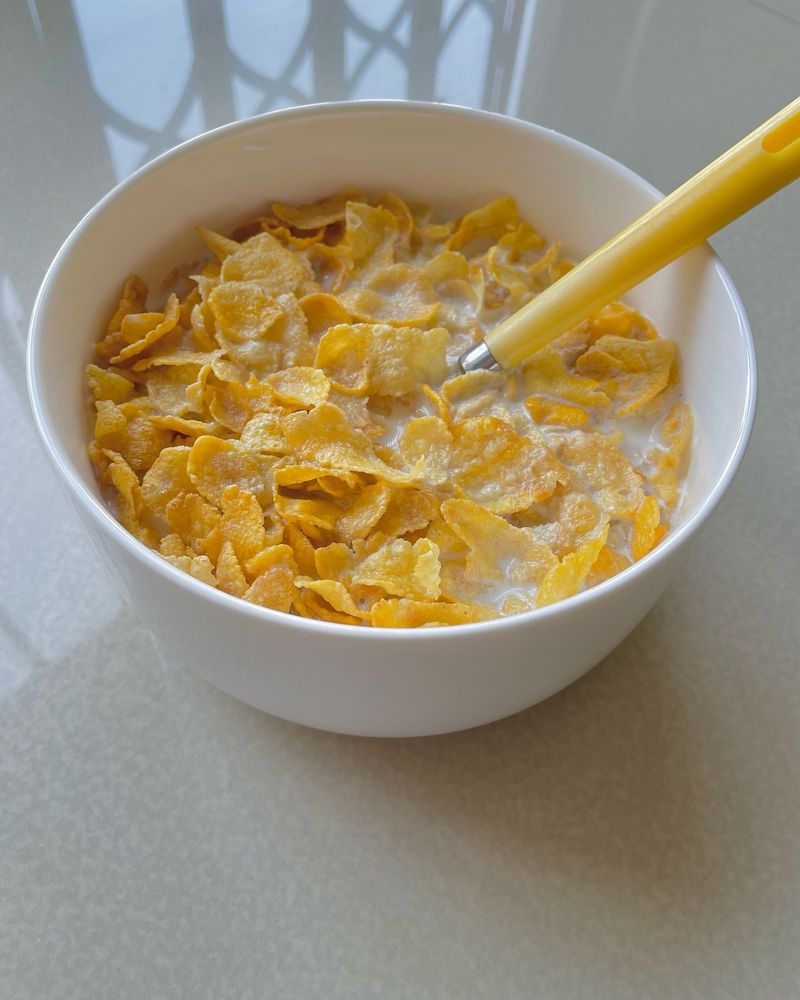
Pouring milk before cereal is a breakfast faux pas for many, yet some argue it keeps the cereal from getting too soggy. Traditionalists prefer cereal first to control the milk-to-cereal ratio precisely. This morning ritual varies across households, reflecting personal preferences rooted in childhood habits.
Advocates for milk-first believe it offers a unique way to enjoy the last crunchy bites. Meanwhile, cereal-first fans enjoy the control it provides over their breakfast experience. The debate highlights the personal nuances and rituals ingrained in everyday routines.
3. Ketchup on Steak
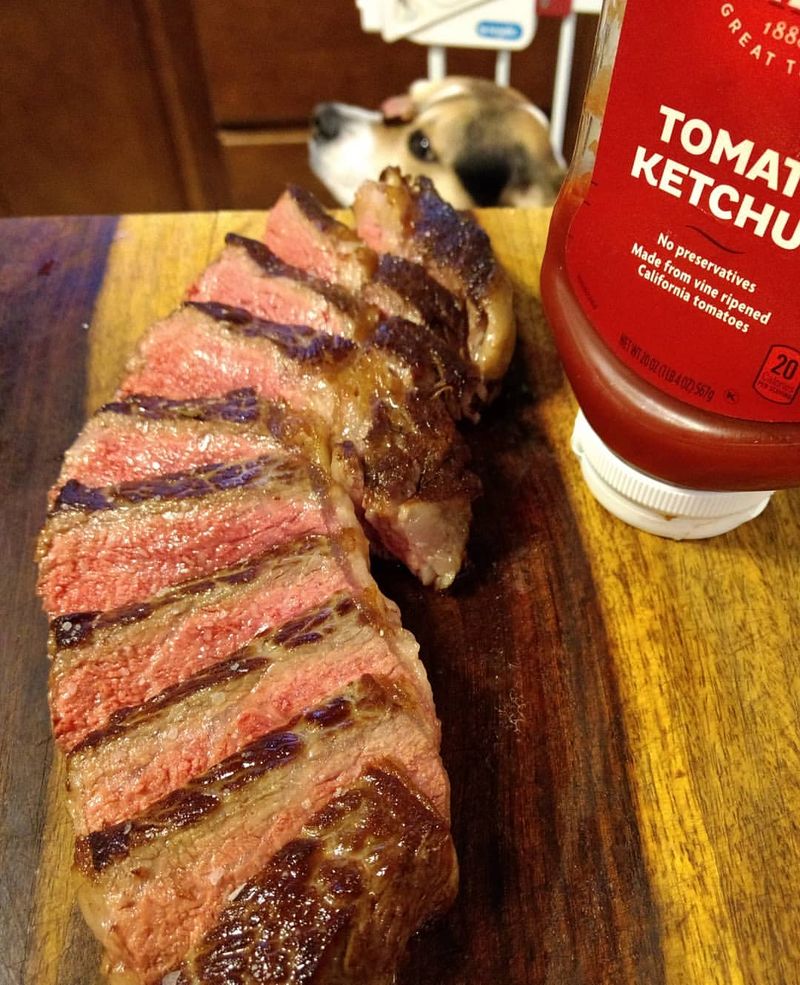
Ketchup on steak is a culinary sacrilege to steak purists, yet some enjoy its tangy sweetness. Steak enthusiasts argue that quality meat needs no embellishment beyond salt and pepper. However, ketchup fans appreciate the familiar flavor it adds to their meal.
This choice often reflects individual comfort with traditional versus modern food pairings. While chefs may cringe at the thought, the combination persists in dining tables worldwide. It speaks to our diverse taste preferences, challenging traditional norms in the pursuit of personal satisfaction.
4. Well-Done Steak Preference
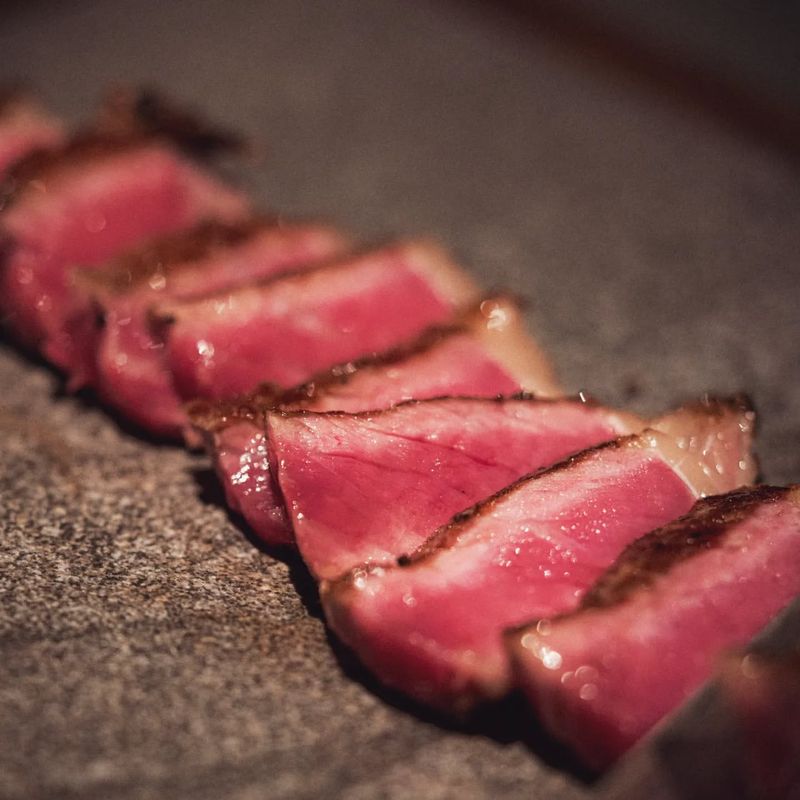
The preference for well-done steak often sparks heated debates among foodies. While some appreciate the safety and texture of well-cooked meat, others lament the loss of juiciness and flavor. This preference divides diners and chefs alike, with passionate arguments on both sides.
Critics argue that well-done steaks lack the tenderness of medium-rare or rare steaks. However, proponents value the uniform texture and reduced risk of foodborne illness. This debate highlights how personal preferences shape our culinary experiences, even in something as simple as cooking meat.
5. Cheese and Seafood

Combining cheese with seafood is a culinary taboo for some, yet a delight for others. Traditional Italian cuisine often avoids this pairing, but modern chefs experiment with these flavors. The creamy richness of cheese can complement the delicate taste of seafood.
Purists argue that cheese overpowers seafood’s natural flavors. Innovators, however, embrace this controversial combination to create exciting new dishes. This debate reflects the evolving nature of cuisine, as chefs and diners explore the boundaries of traditional taste combinations.
6. Cilantro Tastes Like Soap
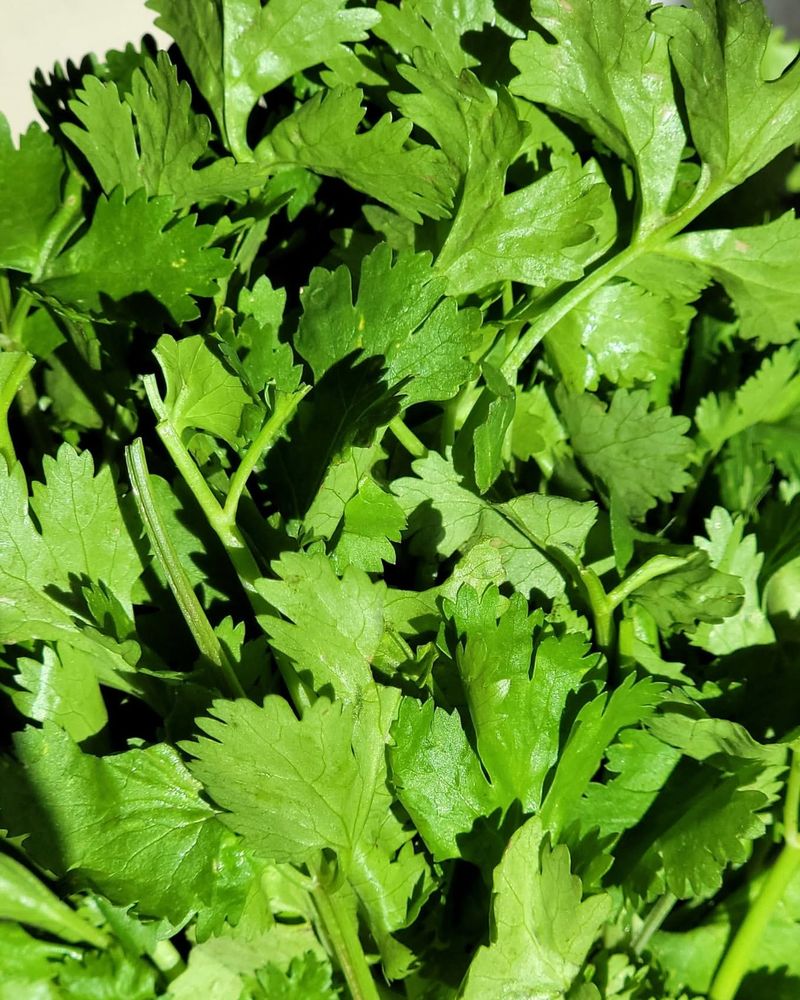
For some, cilantro tastes refreshingly herbal, while others experience a soapy flavor. This divide is often attributed to genetic differences affecting taste perception. Cilantro’s distinct flavor is cherished in cuisines like Mexican and Thai, yet despised by those with an aversion.
The debate over cilantro is more than just preference; it’s about how genetics influence taste. This makes cilantro a fascinating topic in the culinary world, sparking debates at dinner tables. It shows how something as simple as a herb can create diverse culinary experiences.
7. Anchovies on Pizza

Anchovies on pizza is a controversial choice, with its strong, salty flavor. Fans appreciate the bold taste contrast it brings, while detractors find it overwhelming. This topping is often a love-it-or-hate-it option in pizzerias.
The debate highlights how individual taste preferences shape our food choices. Anchovies are a staple in Mediterranean diets, yet remain polarizing in other cultures. This reflects the cultural diversity in food opinions, where flavors loved in one region can be an acquired taste elsewhere.
8. Mayonnaise on French Fries

Mayonnaise on French fries divides opinions worldwide. Some relish the creamy texture it adds, while others stick to traditional ketchup. This European-inspired combination intrigues adventurous eaters, but purists often remain unconvinced.
The choice reflects broader cultural preferences, as mayonnaise is a popular condiment in countries like Belgium and the Netherlands. The debate continues in fast-food restaurants and home kitchens alike, showcasing how simple condiments can evoke strong culinary opinions.
9. Crust-less Sandwiches
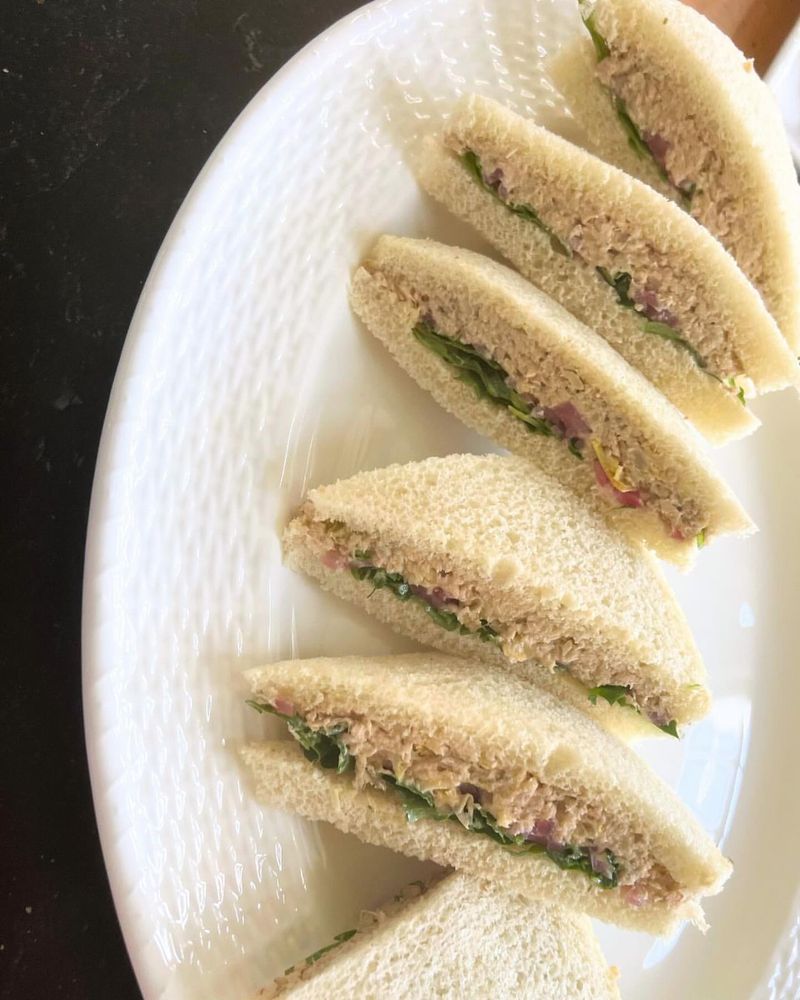
Crust-less sandwiches evoke nostalgia for some and scorn for others. While some enjoy the soft texture, others see it as wasteful and prefer the texture of crust. This choice is often a childhood preference carried into adulthood.
The debate over sandwich crusts reflects personal comfort and efficiency in food preparation. It also highlights how seemingly small details can create significant culinary divides. For those who embrace crust-less sandwiches, it’s about simplicity and comfort in every bite.
10. Organic Foods are Healthier

The assumption that organic foods are inherently healthier sparks debate among consumers and nutritionists. Organic advocates argue that these foods are free from harmful pesticides and chemicals. Skeptics claim there’s little nutritional difference compared to conventionally grown produce.
The debate often involves ethical considerations about farming practices. While organic food supports sustainable agriculture, critics question whether the health benefits justify the higher cost. This ongoing discussion influences shopping choices and dietary habits worldwide.
11. Deep-Fried Everything
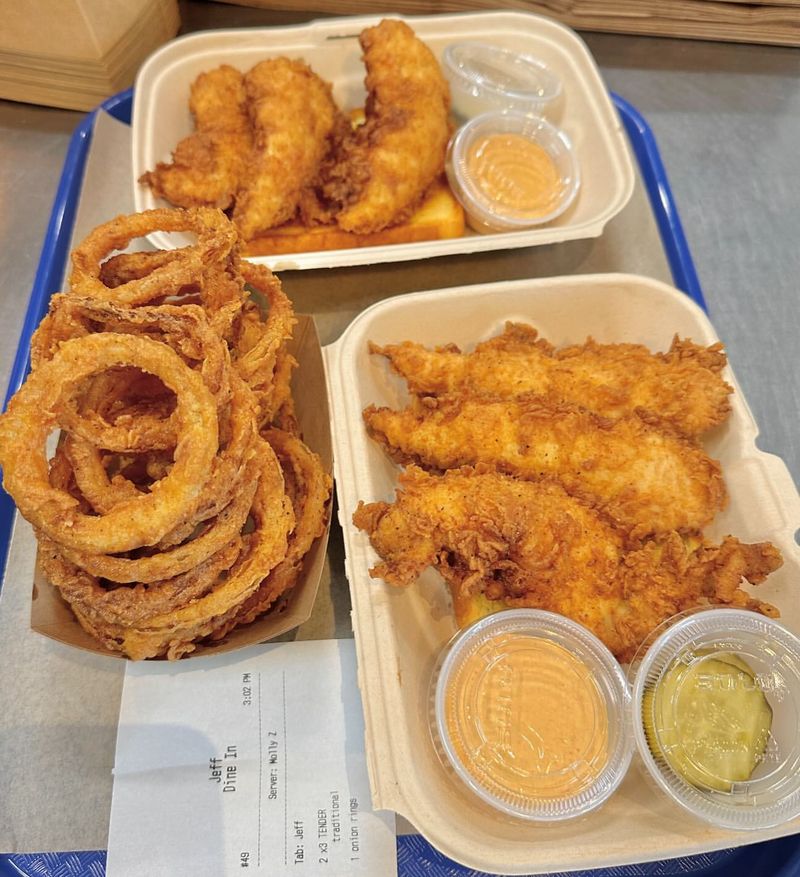
The trend of deep-frying everything from candy bars to pickles is both celebrated and criticized. Fans enjoy the crispy texture and indulgent flavors, while health-conscious individuals warn of the nutritional pitfalls.
This culinary craze often appears at fairs and carnivals, where novelty foods attract adventurous eaters. The debate centers around balancing enjoyment with health, as deep-fried treats are often high in calories and fat. The allure of these foods lies in their ability to transform ordinary items into unique delicacies.
12. Vegemite vs. Marmite

The battle between Vegemite and Marmite divides taste buds in Australia and beyond. Vegemite lovers enjoy its savory richness, while Marmite fans appreciate its unique tang. This yeast-based spread is a breakfast staple, yet opinions vary widely.
The debate highlights regional food identities and preferences. Both spreads offer a similar umami flavor, yet the choice often comes down to personal taste and upbringing. It illustrates how food is deeply tied to cultural and personal identity, with such distinctive flavors sparking passionate discussions.
13. Nutella on Everything

Spreading Nutella on everything from toast to fruit divides dessert lovers. Fans adore its creamy sweetness, pairing it with various foods. Critics argue that moderation is necessary, as Nutella’s high sugar content raises health concerns.
The debate reflects the balance between indulgence and nutrition. While Nutella enthusiasts enjoy experimenting with different flavor combinations, others advocate for occasional consumption. This conversation underscores the broader issue of how we incorporate treats into our diets.
14. Avocado Toast Craze
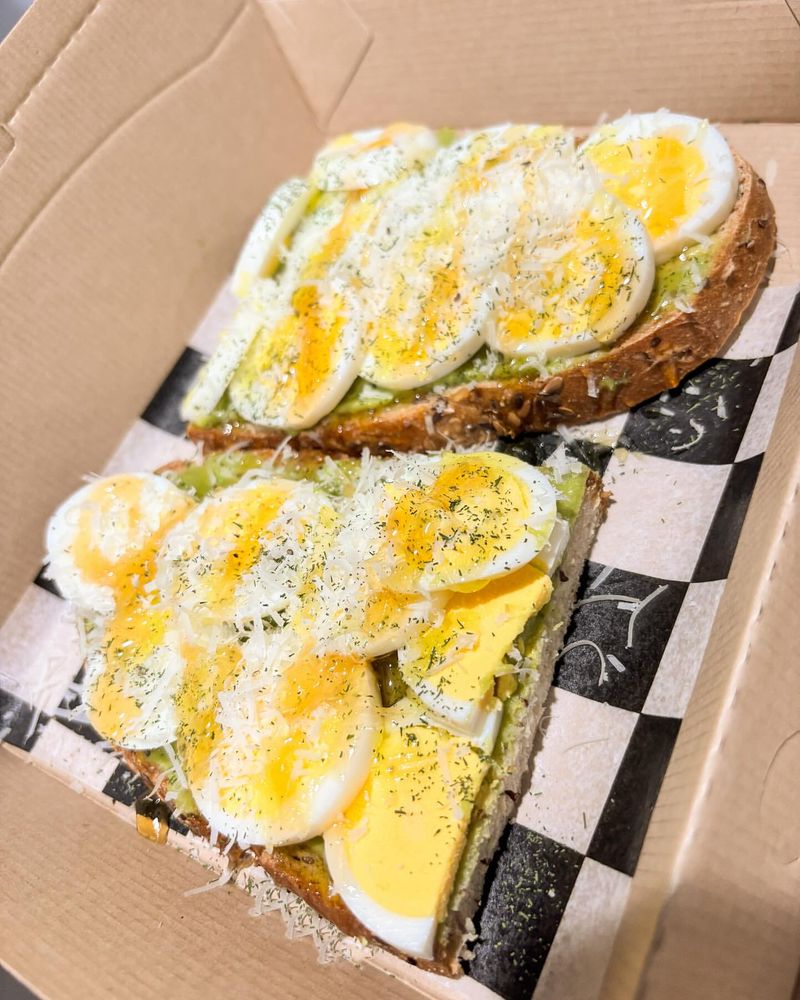
Avocado toast has emerged as both a culinary sensation and a point of contention. Advocates praise its health benefits, while detractors call it overpriced and overhyped. This simple dish has become a symbol of modern brunch culture.
The debate often centers around generational differences, as younger consumers embrace it while others view it as a fad. Ultimately, it highlights how even simple foods can become cultural phenomena, sparking conversations about trends and taste.
15. Cold Pizza for Breakfast
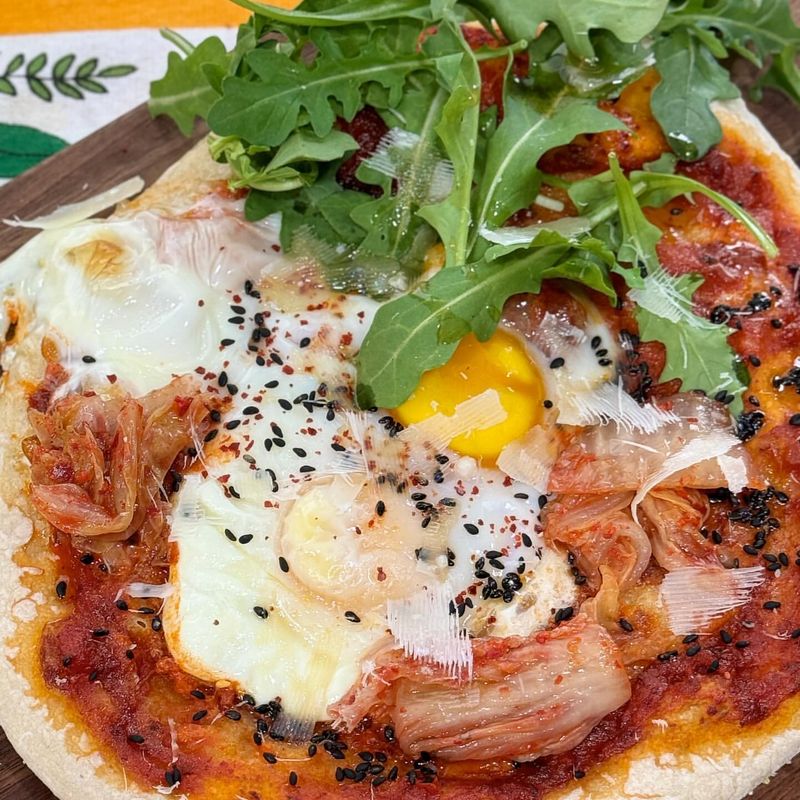
Eating cold pizza for breakfast is a beloved ritual for some and a culinary mystery for others. Fans enjoy the unique texture and flavors that develop overnight. Critics, however, prefer their pizza freshly heated.
This debate reflects broader attitudes towards convenience and tradition in food. While some appreciate the no-fuss option, others value the effort in meals. It’s a prime example of how personal habits shape our food choices, even in unconventional scenarios.
16. Chocolate in Chili

Adding chocolate to chili is a surprising twist embraced by some cooks. The cocoa enhances the depth of flavor, creating a complex dish. However, purists argue that traditional chili should remain unaltered.
This culinary experiment reflects a broader trend of blending sweet and savory elements. While some champion the innovative approach, others adhere to classic recipes. The debate underscores the evolving nature of traditional dishes, as chefs seek to reinvent and expand culinary boundaries.
17. Instant Coffee Acceptance
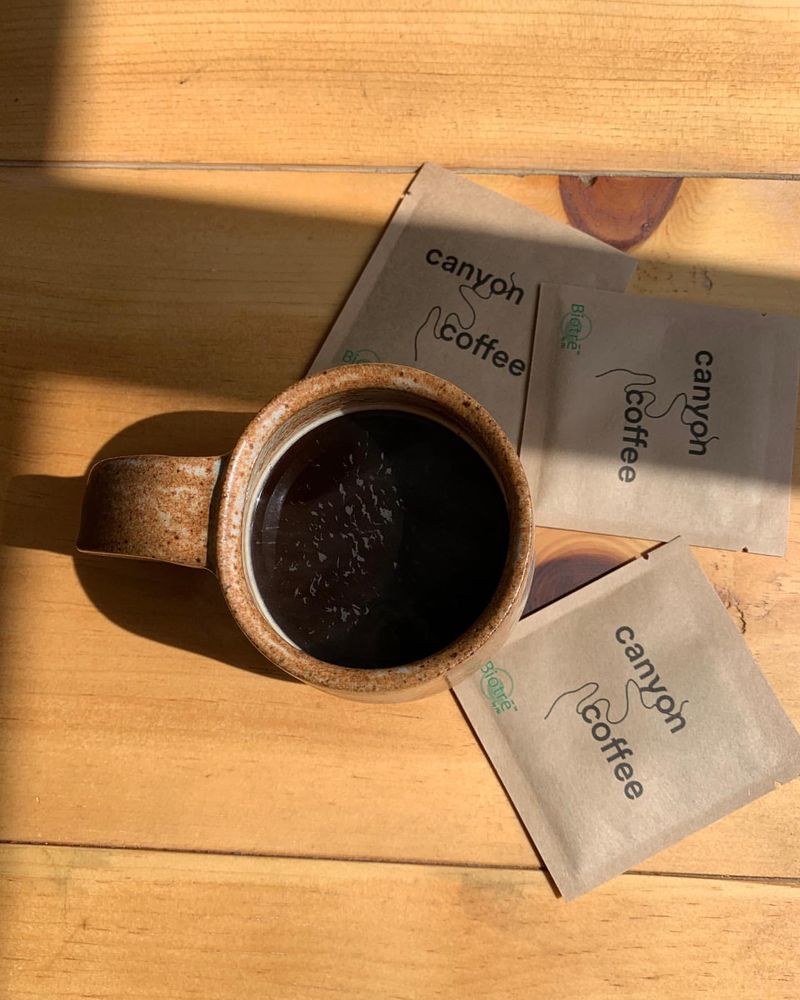
Instant coffee remains a divisive topic among coffee enthusiasts. Some appreciate its convenience, while others prefer the rich flavor of freshly brewed coffee. This debate is often influenced by lifestyle needs and taste preferences.
As the world grows busier, instant coffee offers a quick caffeine fix, yet connoisseurs argue it lacks complexity. The conversation highlights how convenience shapes our food and beverage choices, reflecting the balance between quality and practicality in daily routines.
18. Pumpkin Spice Obsession

Pumpkin spice lattes spark both delight and disdain each fall. Fans eagerly anticipate its arrival, while critics argue it’s over-commercialized. This seasonal trend has become synonymous with autumn’s cozy appeal.
The debate often extends beyond taste, touching on consumer culture and marketing. While some embrace the comforting flavors, others resist the seasonal hype. It highlights the powerful role of trends in shaping our food preferences and the emotions tied to seasonal items.
19. Tofu Texture Debate
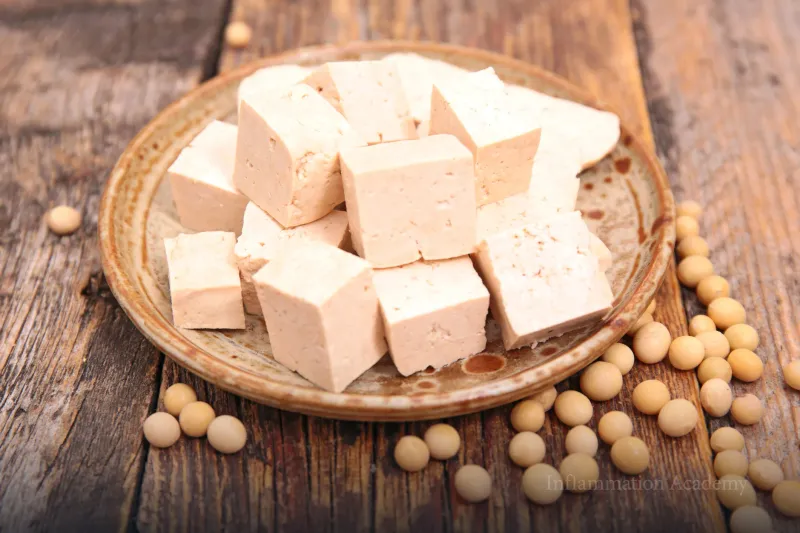
Tofu’s unique texture sparks varied opinions among diners. Some enjoy its versatility and ability to absorb flavors, while others find it unappetizing. This plant-based protein is a staple in vegetarian and vegan diets.
The discussion often centers on texture preferences and preparation methods. While skeptics criticize its blandness, fans appreciate its culinary adaptability. This debate reflects the broader acceptance and challenges of plant-based foods in mainstream diets.
20. Medium-Rare Burger Controversy
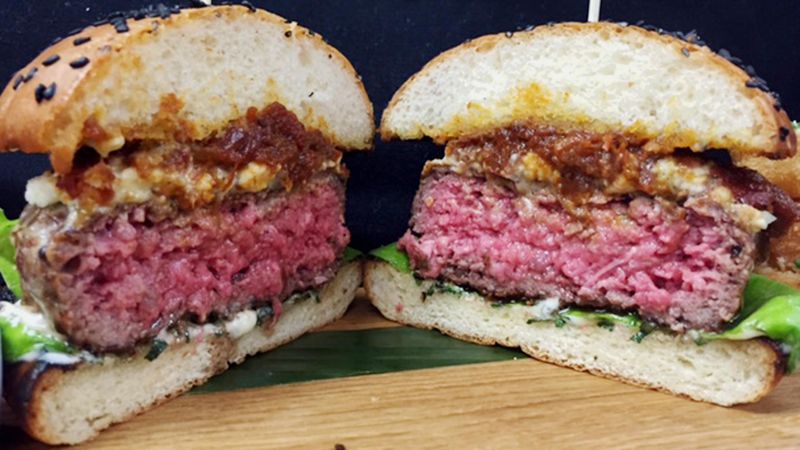
The choice of a medium-rare burger is a divisive topic among burger enthusiasts. Some savor the juicy center, while others prioritize food safety concerns. This preference often varies based on individual taste and cooking standards.
Health-conscious individuals argue for well-cooked patties to avoid potential risks, while others appreciate the enhanced flavor of medium-rare. This debate underscores the balance between taste and safety in culinary practices, especially in outdoor grilling experiences.
21. Caramelized Onions on Everything
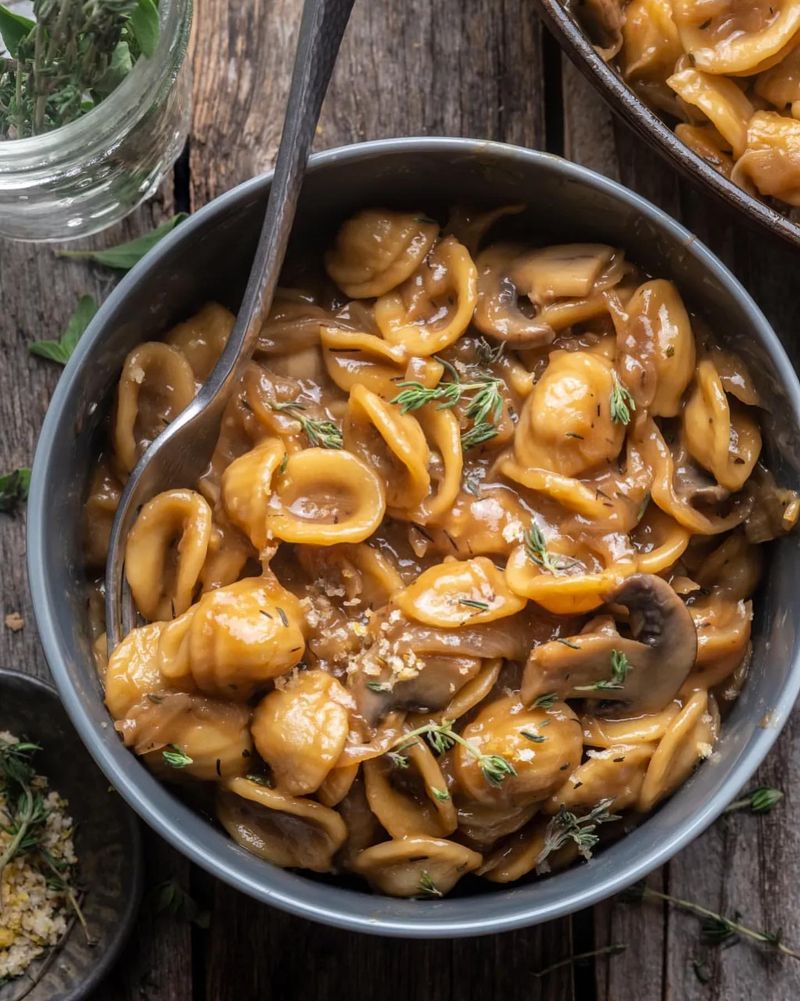
Caramelized onions are adored by some and avoided by others. Fans relish their sweet, rich flavor, while critics find them overpowering. This versatile topping is a staple in gourmet recipes and casual meals alike.
The conversation often revolves around their preparation time and intensity of flavor. While some cooks enjoy the labor of caramelization, others prefer simpler toppings. It exemplifies the diversity in taste preferences and the effort behind crafting flavorful dishes.
22. Smooth vs. Crunchy Peanut Butter
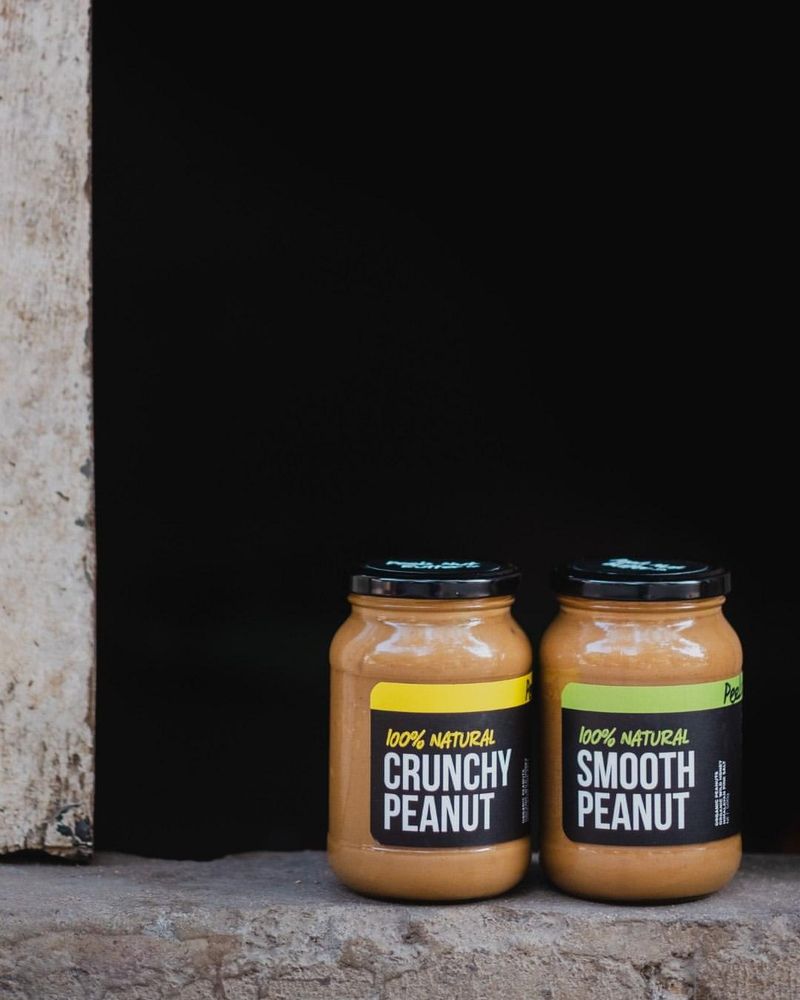
The battle between smooth and crunchy peanut butter is a classic household divide. Some prefer the creamy texture of smooth, while others enjoy the added crunch. This choice often reflects personal taste and textural preferences.
For some, smooth peanut butter offers a spreadable delight, while crunchy fans appreciate the added bite. The debate captures how even simple pantry staples can evoke strong opinions and individual preferences.
23. Gluten-Free Lifestyle Choice
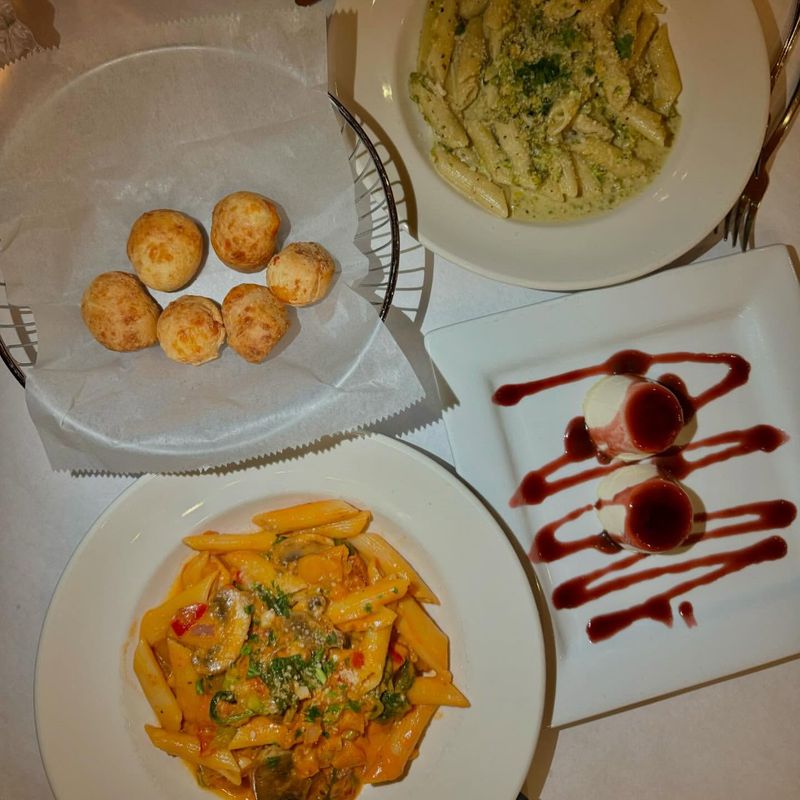
The gluten-free lifestyle choice extends beyond medical necessity, sparking debates on its merits. While essential for those with celiac disease, others choose it for perceived health benefits. Critics argue it’s a dietary trend lacking scientific support.
The discussion often touches on health, diet culture, and personal choice. As gluten-free products grow in popularity, the debate highlights the challenges in navigating dietary needs and preferences in modern eating.
24. Frozen vs. Fresh Vegetables
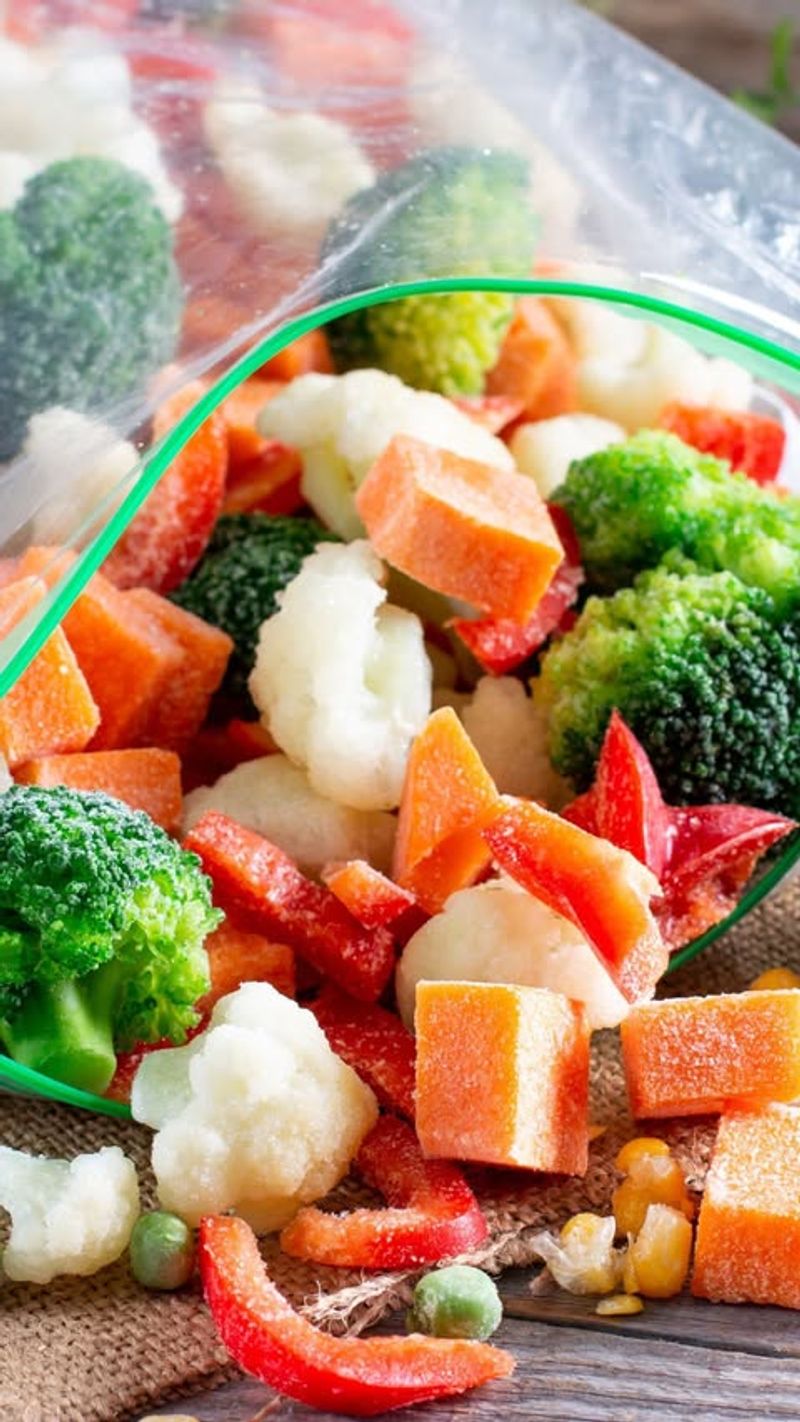
The choice between frozen and fresh vegetables divides home cooks. Some appreciate frozen veggies for their convenience and long shelf life. Others argue that fresh vegetables offer superior taste and texture. This debate often centers around cooking habits and nutritional value.
While some prioritize ease and minimal waste, others favor the flavor and nutrient quality of fresh produce. The conversation reflects broader themes of convenience versus quality in home cooking practices.
25. Sweet vs. Savory Breakfast
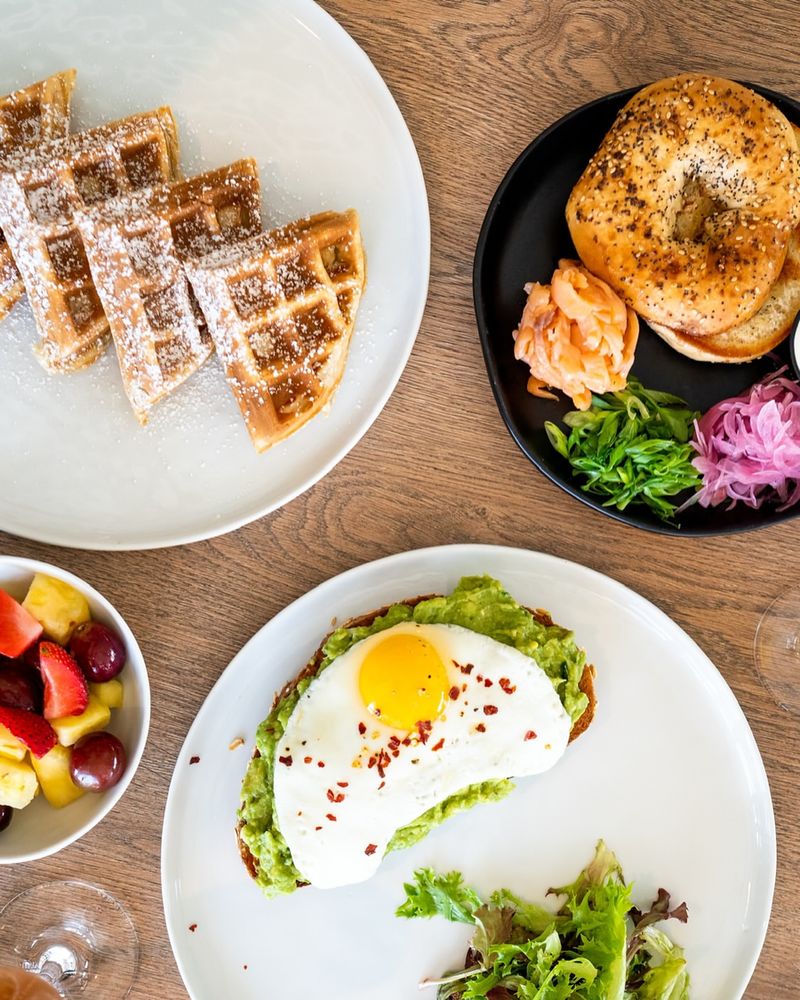
The debate between sweet and savory breakfasts reflects diverse morning preferences. Some enjoy sweet pastries and cereals, while others opt for savory eggs and bacon. This choice often correlates with cultural traditions and individual tastes.
The discussion highlights how breakfast sets the tone for the day, with varied preferences influencing morning rituals. It underscores the role of personal and cultural influences in shaping meal choices, even from the start of the day.
